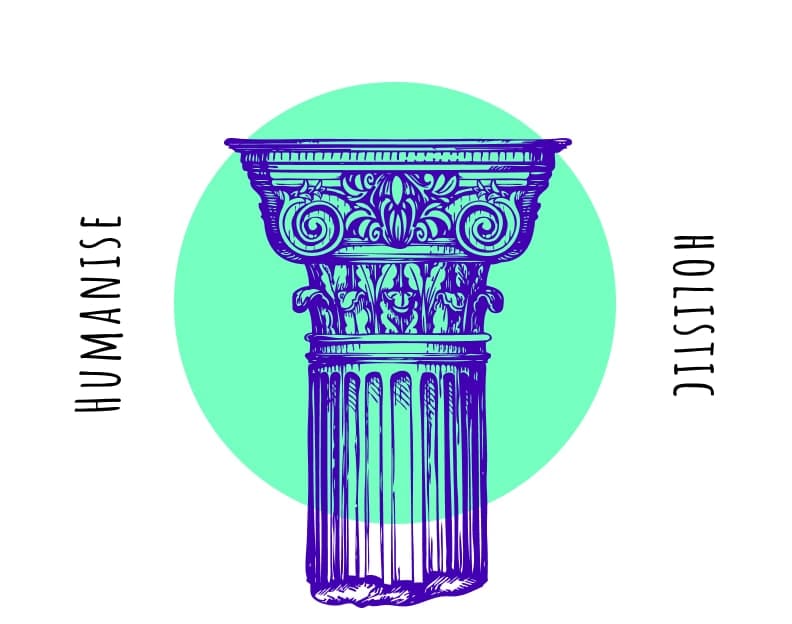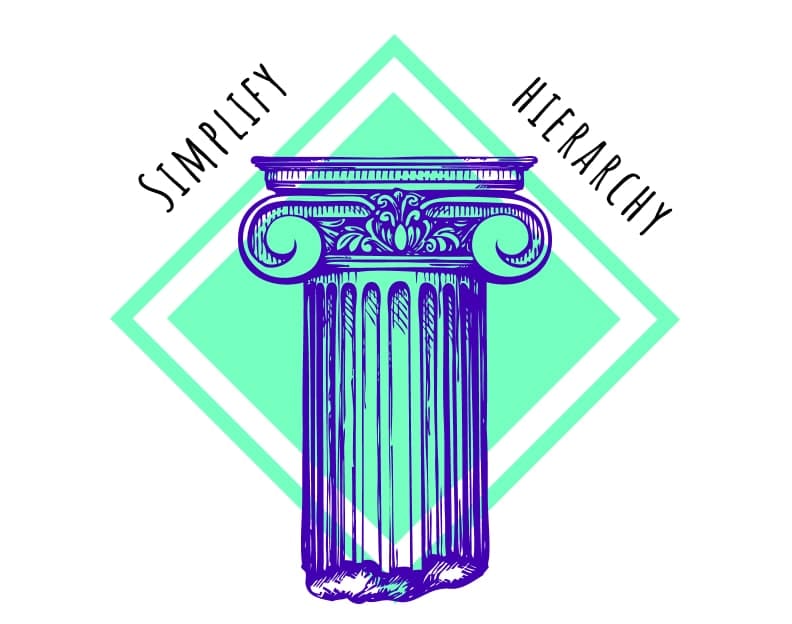The questionable data practices of companies have shifted the public lens in the recent months and years. It's a relatively new discourse: data transparency. People nowadays want to know what businesses do with and to their data. Sensitive bodies of information that deserve our attention and need to be protected.
You could say we’ve suddenly realised that we’ve been manipulated by design. It’s like the famous sentiment:
If you’re not paying for the service, you’re the product.
Most Australians consider their privacy an important issue. According to the Australian Community Attitudes to Privacy Survey (ACAP), identity theft and fraud worry us most, followed by data security issues and data breaches. You could read it like this: We’re scared that someone will take our personal information and use it for their advantage against us. That’s basically what big corporations of the digital economy have been doing for years. The Facebook and Cambridge Analytica data scandal was the preliminary highlight. The broader public has begun to understand what giving away personal data can mean for our lives. We’re alarmed. We need to take this new public attitude into account when we talk about transparency.
To be clear, the new consumer awareness isn’t a bad thing. In fact, it’s a great chance for businesses to build meaningful relationships with their customers. Because transparency done right enhances trust. The trust a customer puts in a company’s data practices. The way you handle consumer data can become your point of differentiation and a source of competitive business advantage.
So, there’s a call for transparency and we want to help you answer it. Transparency isn’t all press statements and public relations. It comes down to the way your brand is experienced throughout the entire user journey.
Read on and learn about our 3 key transparency pillars for designing a user experience in open banking.

Principle 1: Purpose specification of third parties
We need to create experiences that educate on the purpose of collection and use of personal information. The purpose of each third party you are using needs to be clear as well – if you’re gonna pass it on, be clear about it.
Like I said before, people have realised they’ve been tricked. Your customers are now naturally suspicious of your corporate practices. And because they see their data as being valuable, they want to make sure giving it away will benefit them. So, when you have multiple third parties on board, you need to make sure the purpose and benefits are clearly communicated.
Try to answer the following questions: When is the data being used and what for? What are you using the analytics for and how does it serve the customer? Would the proposition still work without the customer’s consent? This will help you to develop a strategy for your user experience.
Consider it the groundwork you need to do in order to mitigate the risk of losing the trust of your consumers. The ACAP affirms this. Australians increasingly question data practices where the purpose is unclear. 81% consider the collection of irrelevant information a misuse. Again: It’s your job to clarify relevancy.

Principle 2: Design for comprehension
We need to create experiences that educate the customer value of open banking. You want people to fully understand the rules of engagement and relationship they are getting into. This is a key metric you’re optimising for.
Help people understand the benefits they get from this relationship and the way in which you are delivering these. If there are responsibilities for the customer, be clear about these too. Of course, not every person wants to understand all the details. A flawless user experience provides you with short and concise bits of information that are easy to comprehend. Considering the status quo, data protection notices and privacy policies aren’t easy to comprehend – we will cover that in a bit. But you should always give your customers a path down to the nitty-gritty.
→ This brings me to the third principle.

Principle 3: Layer the disclosures
We need to give people the gist with easy options to go deeper. A good digital user experience simplifies the complicated and is easy to use and understand. But, and this is important, don’t hide anything. Be clear, not elusive.
Only one in five Australians reads and understands privacy policies. That’s because they’re too long and too difficult. Those who do are already actively taking measures to protect their privacy and personal information. When designing an open banking user experience, think of the 80% of Australians that don’t read privacy policies. These are your customers you need to design for. Help them understand. Design for comprehension.
Let’s hypothesise you don’t have anything to hide in your policy. Make it an integral part of your user experience, let your customers dive deeper if they want to. Show them that you’ve got nothing to hide and be open about your data practices. By the way, 87% of Australians support plain, simple English.
On the flip-side

Transparency can backfire. Walking the talk matters.
- Why do you need the data?
- What are the benefits for your customers?
- How does it work?
Keep these three principles in mind and you’ll be able to create an open banking experience that satisfies the need for transparency.
And if you don’t, well... Not acting on transparency can easily destroy the relationship with your customers. That’s the other side of the coin. I’ll give you an example from the fabulous world of marketing.
Nike is famous for their aspiring advertising. In 2019, they created a spot with Colin Kaepernick sending a simple but powerful message: Believe in something. Even if it means sacrificing everything. But the thing is, Nike has more than 700 factories in some of the poorest countries in the world. The internet went to town in comparing Nike’s brand advertising with their corporate practices.
“Believe in nothing and it costs you nothing.”
Nike reminds us of two things: Customers don’t separate brand communication from corporate practices. There is a general sense of awareness in people that has become the new standard. And secondly, the internet is a powerful amplifier for those inconsistencies. It needs only one angry person to create a social media shitstorm.
Don't advertise equality and human rights when you don’t deliver these standards yourself.
Let’s try and translate to open banking experiences. Proclaiming data transparency can backfire if your business practices aren’t trustworthy. For example, don’t trick your customers into receiving email marketing. Three in five Australians have experienced problems with how their data was handled. The majority involved unwanted marketing communications (APAC).
Your customers judge your brand from the 30 second ad they see on TV to the user experience design of a home loan application. If you want to make transparency your business advantage, you need to follow through with it. Talk the talk, walk the walk. It will pay off in the long run.
If you want to know more about how applying transparency and digital trust can benefit your brand and product experiences, let’s chat.
the muteo team

